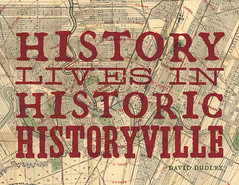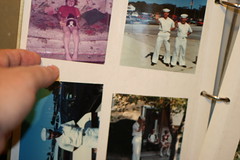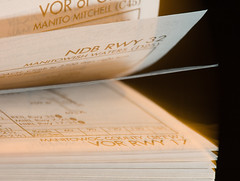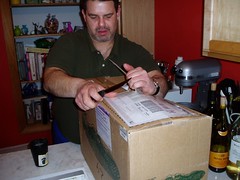Over the month of January, I collected the stories I found on Twitter and in my feeds that were just too good to miss and put them together for you! Welcome to “Thinky Links“!
Author Janice Hardy offers some good advice on how to cut a scene without hurting your story
Kristen Lamb gives a really good example of how to start in medias res.
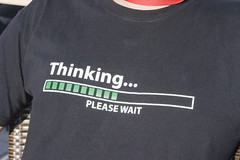
The Editors’ Blog looks at the use of coincidence in fiction, why it’s bad—and how to fix it.
I’ve been working hard on revising my Nano novel, so I’m really far behind on my feeds, but I did happen to see two good posts on EditTorrent recently, the kind that make me want to run around telling people “I’ve been vindicated” in an imaginary battle I was having with no one. The first covers showing versus telling in an interesting way (i.e. not writing 101), including that was is not always bad and is not the same thing as passive voice, and the role of telling in exposition.
The second is how to avoid that obnoxious “As you know, Bob” (or Alphonse) dialogue by slipping in backstory, characterization and other information through subtle cues. I LOVE working on this, and Alicia gives great examples!
Although I’m now with a traditional, regional publisher, I still find self-publishing very interesting. So for two different perspectives on that this month, Daniel J. Friedman takes a hard look at the numbers behind self publishing: what they make, what they’re worth, and what they’re selling. On the other hand, Joanna Penn interviewed Adam Croft on How To Sell 130,000 Books Without A Publisher. And for some perspective on both sides, Future Book looks at Why Amanda Hocking Switched, with some interesting notes on how her publishers are working for her.
And to close, here are a few of my favorite posts on this blog from Januaries past:
- A perennial favorite of mine, how to spot and avoid the most common (empty) gestures in writing
- Another one I still use extensively, creating and editing with a scene chart
- And a few from the series on tension, suspense and surprise:
- Choosing whether plot elements should be set up strongly to create suspense, or should remain a surprise
- One I should probably study a little more: creating suspense in Act I
- What creates tension and suspense?
What’s the best writing/marketing/publishing advice you‘ve read lately?
Photo by Karola Riegler
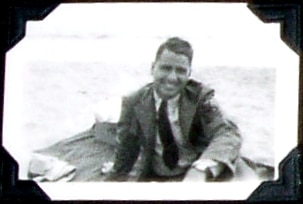 The character I’m playing with today is Frank Walters. He served in the Office of Strategic Services in World War II and when the story takes place, just after the war, he’s with the Central Intelligence Group (predecessor of the CIA). Physically, he’s based loosely on my husband’s grandfather Walter, who was in the Navy in WWII, pictured here. (Somehow we ended up with his WWII scrapbook. He traveled the whole world during the war, with pictures and postcards from Hawaii, Scotland, Iceland, Morocco, the South Pacific, and I know he served in Japan, too.)
The character I’m playing with today is Frank Walters. He served in the Office of Strategic Services in World War II and when the story takes place, just after the war, he’s with the Central Intelligence Group (predecessor of the CIA). Physically, he’s based loosely on my husband’s grandfather Walter, who was in the Navy in WWII, pictured here. (Somehow we ended up with his WWII scrapbook. He traveled the whole world during the war, with pictures and postcards from Hawaii, Scotland, Iceland, Morocco, the South Pacific, and I know he served in Japan, too.)